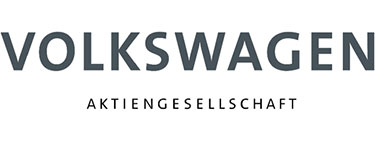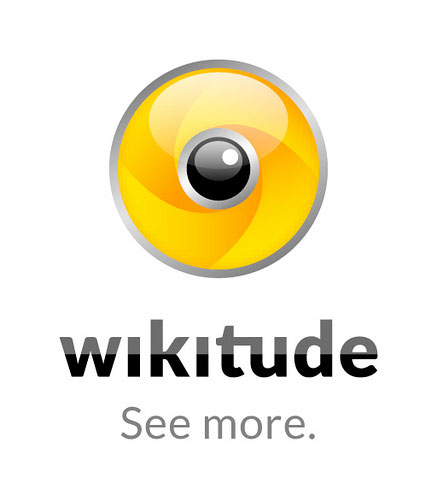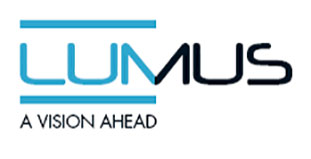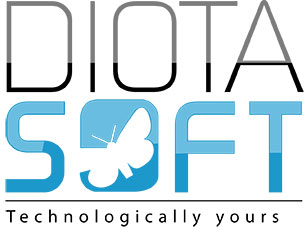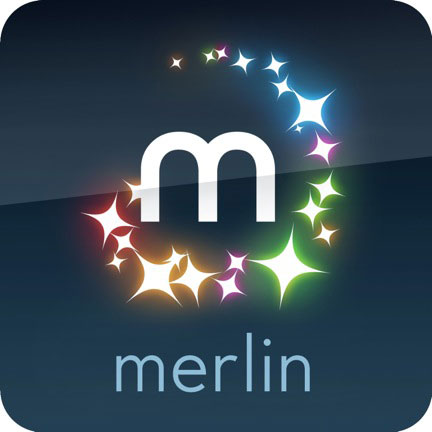Beyond the Interface Exhibition

Open 7pm, September 10th, 2014
Location:
Weisser Saal
Faculty for Architecture Level5
Arcisstrasse 21
80333 München
Curators:
Marc Garrett, Julian Stadon
Artists:
Erica Scourti, Jennifer Chan, Nick Briz, Julian Oliver, Mez Breeze, Heath Bunting, Pierre Proske, Genetic Moo, Zach Blas.
The interface is the boundary across which information is exchanged, causing a transformation in one or both sides of that boundary. This exhibition features art that disrupts or bypasses this interface. Interfaces have always been a site of control, hidden in plain view: symbolic, social or technological. They facilitate and shape the dialogue that happens between different tribes from religions, scientific or philosophical backgrounds; between components of computer systems; or between machines and living beings.
Technological/designed interfaces deploy audiovisual and tactile inputs with touch screens, mice, joysticks and buttons on our mobile phones, games consoles, televisions, radios and laptops. Amazed and engaged, we forget to question how we might be being dominated and reprogrammed by the very facilities that were supposed to free us as part of the Digital Revolution. Lori Emerson suggests this is an “overwhelming push to disempower users/consumers with closed devices”. [1]
The artists in this exhibition, critical practitioners in art and technology, lift the veil on contemporary interfaces; setting out alternative routes, aesthetic visions and disruptive behaviours
[1] Against the Frictionless Interface! An Interview with Lori Emerson http://www.furtherfield.org/features/interviews/against-frictionless-interface-interview-lori-emerson
Bios
|
Jennifer Chan |
|
|
Jennifer Chan is an artist-curator who works in and outside of traditional exhibition spaces. Her work explores institutional critique and feminist perspectives in video and web-based media. Chan is a recipient of the Mississauga Art Awards for Emerging Visual Talent in 2008. She has exhibited her work at Transmediale 2012, GLI.TC/H Festival, Portland Art Museum, Images Festival, and Low Lives International Exhibition of Live Networked Performances. http://jennifer-chan.com/ |
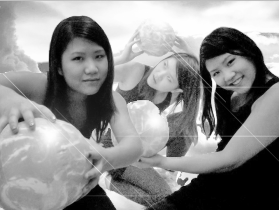
|
|
Nick Briz |
|
|
Nick Briz is a new-media artist, educator && organizer based in Chicago IL + am an active participant in digital culture and experimental new-media, specifically through my work/research/writing on glitch art, remix-culture && digital literacy + he regularly organizes events related to these theories/practices + teaches courses on these theories/practices at the Marwen Foundation && the School of the Art Institute of Chicago. http://nickbriz.com |

|
|
Heath Bunting |
|
|
Heath Bunting was born a Buddhist in Wood Green, London, UK and is able to make himself laugh. (currently, reduced to only smile) He is a co-founder of both net.art and sport-art movements and is banned for life from entering the USA for his anti genetic work. His self taught and authentically independent work is direct and uncomplicated and has never been awarded a prize. He is both Britain's most important practising artist and the World's most famous computer artist. http://www.irational.org/heath/ |

|
|
Pierre Proske |
|
|
Pierre Proske is an electronic media artist specialising in interactive installations and immersive experiences. He is also founder and director of the electronic media arts organisation Media Lab Melbourne. Pierre explores the pervasiveness of technology in science and culture and its relationship to nature. |

|
|
Erica Scourti |
|
|
Erica Scourti works with video, performance, online and with text, and has shown internationally at Kunstverein Munich, Museum of Contemporary Art, Athens, Museo Reine Sofia, Kunstmuseum Bonn and Jeu de Paume Museum, as well as festivals such as Recontres Internationales and Impakt as well as extensively in the UK, most recently at Banner Repeater, Grand Union, New Bridge Project, Enclave, and ICA. http://www.ericascourti.com/ |

|
|
Zach Blas |
|
|
Zach Blas is an artist, writer, and curator whose work engages technology, queerness, and politics. Currently, he is an Assistant Professor in the Department of Art at the University at Buffalo. His work has been written about and featured in Art Review, Frieze, Art Papers, Hyperallergic, Rhizome, Mousse Magazine, The Atlantic, Al Jazeera America, The New Inquiry, Leonardo Electronic Almanac, and Wired. http://www.zachblas.info/ |
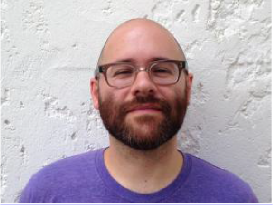
|
|
Julian Oliver |
|
|
Julian Oliver is a New Zealander, Critical Engineer and artist based in Berlin. His work and lectures have been presented at many museums, galleries, international electronic-art events and conferences, including the Tate Modern, Transmediale, the Chaos Computer Congress, Ars Electronica, FILE and the Japan Media Arts Festival. Julian has received several awards, most notably the distinguished Golden Nica at Prix Ars Electronica 2011 for the project Newstweek (with Daniil Vasiliev). http://julianoliver.com/output/ |

|
|
Mez Breeze |
|
|
Mez Breeze is an Australian-based artist and practitioner of net.art, working primarily with code poetry, electronic literature, and digital multimedia works combining text, code, image and sound. Born Mary- Anne Breeze, she uses a number of avatar nicknames, including Mez and Netwurker. As of May 2014, Mez is the only Digital Poet who's a non- USA citizen to have her comprehensive career archive (called "The Mez Breeze Papers") housed at Duke University, through their David M. Rubenstein Rare Book & Manuscript Library. https://www.vizify.com/mez-breeze |
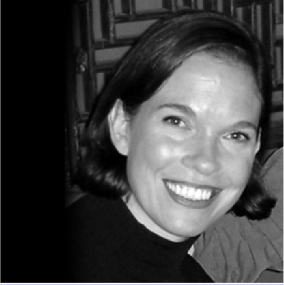
|
|
Genetic Moo |
|
|
Genetic Moo (Nicola Schauerman and Tim Pickup) have been creating individual interactive art works for over 5 years. They create Microworlds, digital ecosystems and living installations that are always changing, mutating, and evolving in front of your eyes. Both gained Masters degrees from the Lansdown Centre for Electronic Arts. They have exhibited extensively in galleries, festivals and museums. http://www.geneticmoo.com |

|
|
Tatiana Bazzichelli |
|
|
Tatiana Bazzichelli is a curator and researcher on hacktivism and network culture. She is Director of Programming Development at The WYE in Berlin, where she runs the Disruption Network Lab. She joined in 2012 the Centre for Digital Cultures/ Leuphana University of Lüneburg, working as a Post- Doctoral researcher until March 2014. She was programme curator at transmediale festival in Berlin, initiating in 2011. http://networkingart.eu http://disruptiv.biz http://www.disruptionlab.org |

|
|
Marc Garrett |
|
|
Marc Garrett is co-director and co- founder, with artist Ruth Catlow of the Internet arts online collectives and communities – Furtherfield.org and the physical space Furtherfield Gallery and Furtherfield commons space in London, UK. Co-curating various contemporary Media Arts exhibitions, projects nationally and internationally. Co-editor of Artists Re: thinking Games with Ruth Catlow and Corrado Morgana 2010. |

|
|
Julian Stadon |
|
|
Julian Stadon is a media artist, curator, PhD student, and Senior Lecturer in Interface/Interaction Design at Salzburg University of Applied Sciences. He is the director of MARart.org and is also the European MASH’D chair for ISMAR and Overlord at Dorkbot Perth and Dorkbot Salzburg.
|
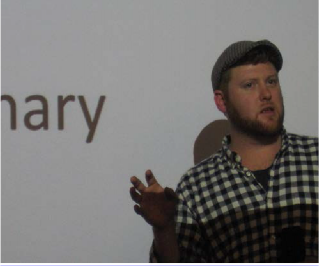
|
|
Ruth Catlow |
|
|
An artist who works with emancipatory network cultures, practices and poetics Ruth is co- founder and artistic director, with Marc Garrett, of Furtherfield for arts, technology & social change. |
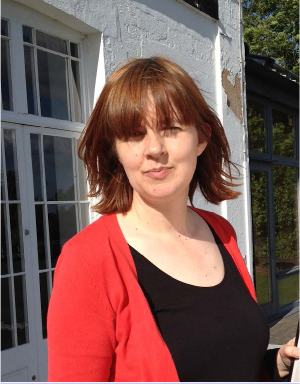
|
|
Thomas Grundnigg |
|
|
Thomas Grundnigg is a Senior Lecturer and Researcher in the Dept. of MultiMediaArt at the Salzburg University of Applied Sciences and part of the research group TRACE/Munich. Currently he prepares
his dissertation on the conditions of possibility for politics of space.
|

|
|
Annette Doms |
|
|
Dr. Annette Doms operates in the art market since more than 15 years. As an art expert with a focus on the fields of contemporary art, new media and computer art, she is primarily responsible for the development of company-specific communication concepts and the exclusive advice to business customers as well as to the establishment and development of public and private art collections.
|
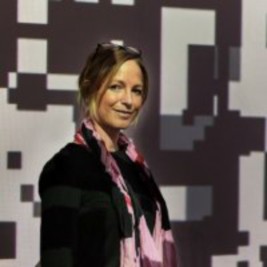
|
|
Wolf Lieser |
|
|
Wolf Lieser discovered digital art at a beach in Florida in 1987. The American artist Laurence Gartel showed him graphic art, which he had created on his Commodore computer and printed out with a color printer. From this moment on, Lieser was enthralled by this young, technically and socially ambitious art form. He founded the Digital Art Museum as an online-gallery in 1998, opened one of the first galleries for digital art worldwide in London in 1999, and has run the DAM in Berlin since 2003. In 2010, a DAM branch was opened in Cologne. The bi-annual dam digital art award for outstanding artistic achievement in digital art exists since 2005. http://www.dam.org/ |
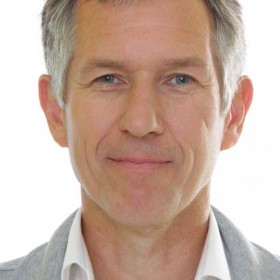
|
| Attachment | Size |
|---|---|
| Beyond the Interface Exhibition Flyer | 647.28 KB |





